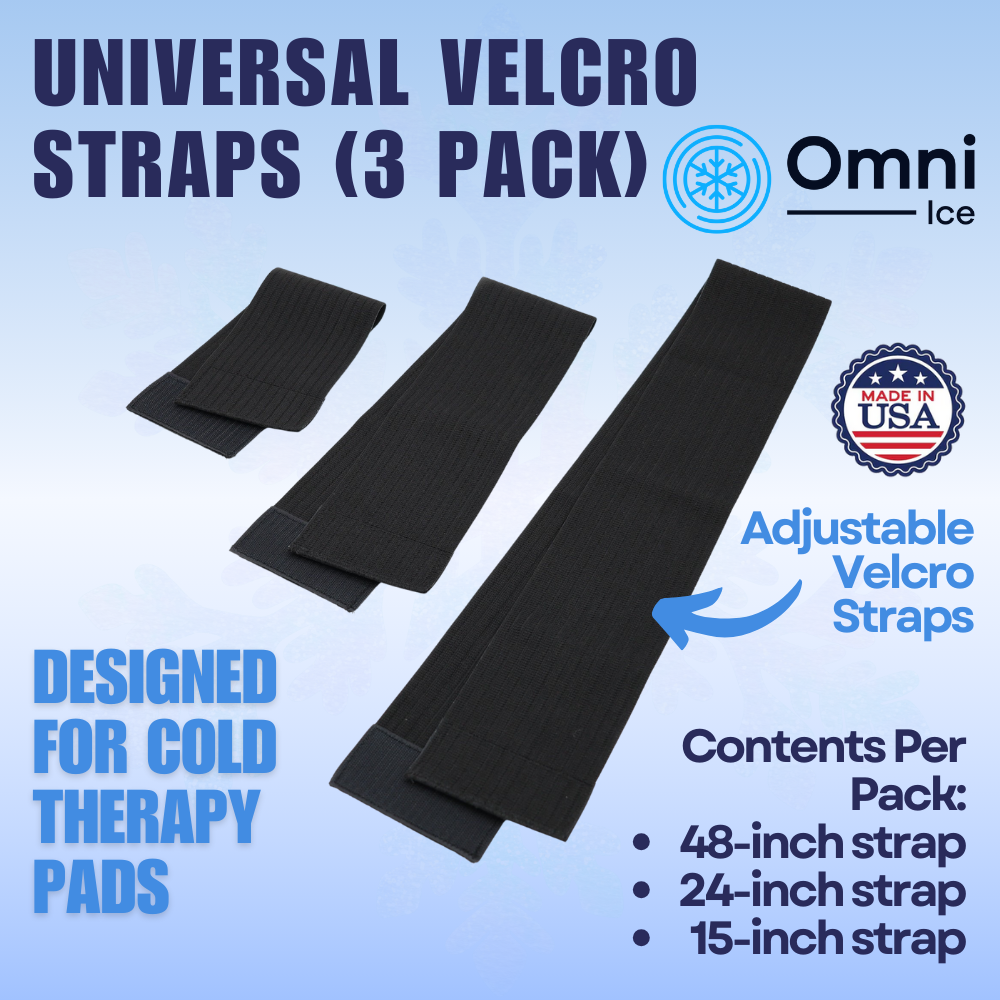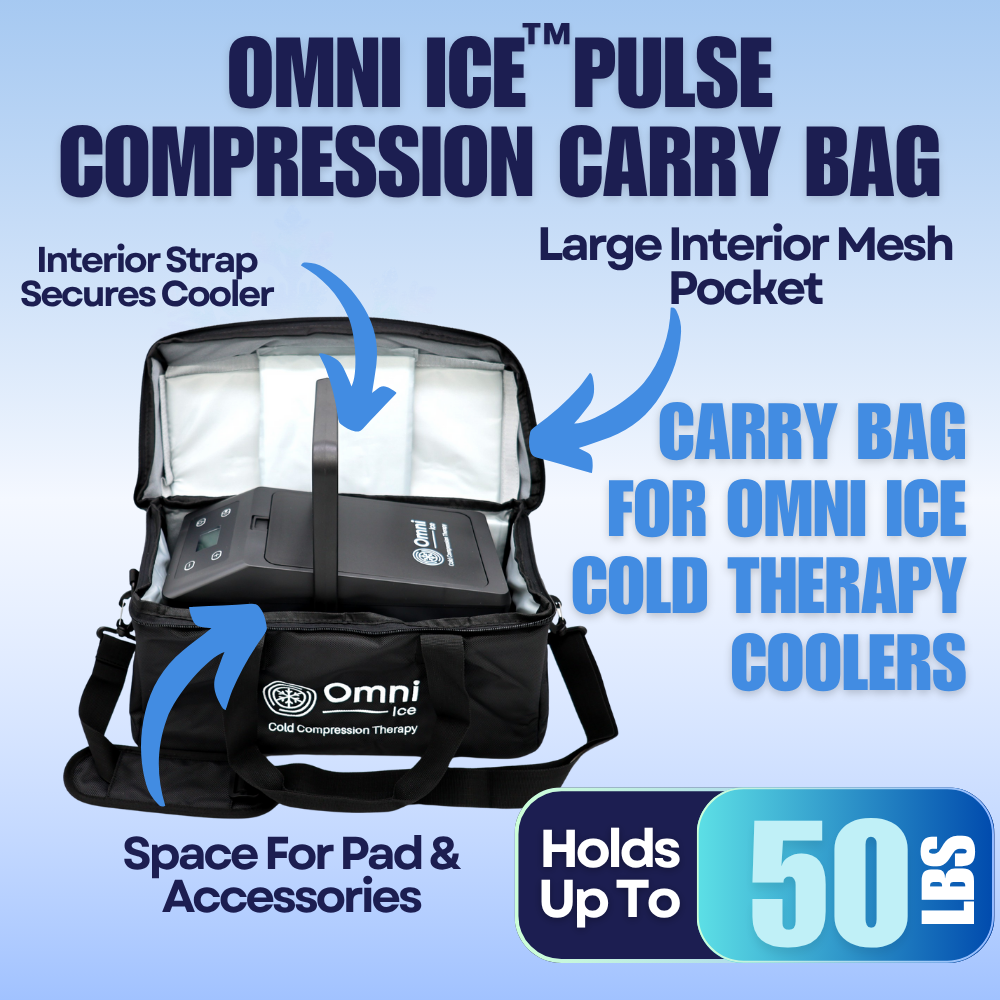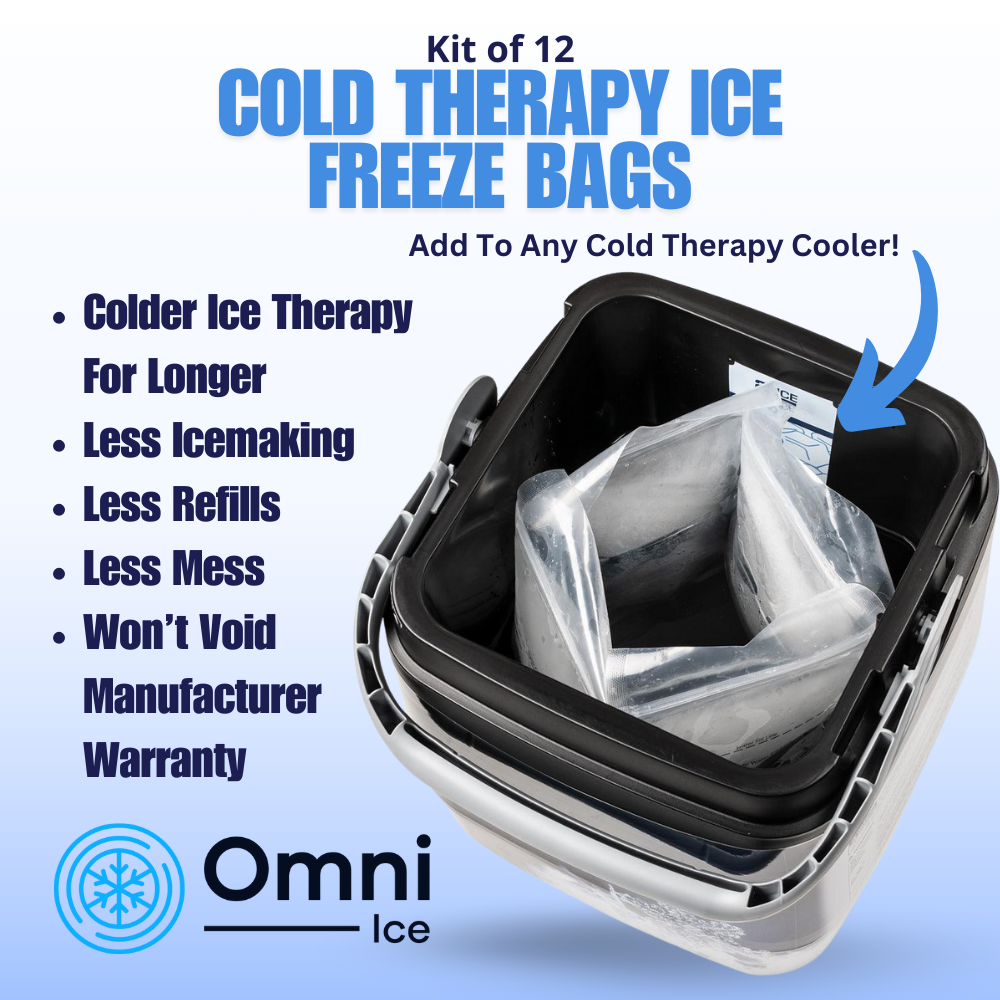Using Cold Therapy as Part of Regular Training
Cold therapy, also known as cryotherapy, involves the use of cold temperatures to reduce inflammation and numb pain in some regions of the body. It is often used to treat muscle soreness and injuries and is sometimes used as part of a regular training routine to help athletes recover faster and reduce the risk of injury.
There are several ways that cold therapy can be used as part of regular training, including:
- Cold showers or ice baths: Taking a cold shower or soaking in an ice bath can help reduce muscle soreness and inflammation after a workout. Cold temperatures help constrict blood vessels, reducing swelling and numb pain.
- Cryotherapy chambers: Cryotherapy chambers use extremely cold air to surround the body and can be used for short periods to help reduce inflammation and numb pain. Athletes often use these chambers to help them recover faster after intense workouts.
- Ice packs: Ice packs can be placed on specific areas of the body to numb pain and reduce inflammation. They can be used before or after workouts to help prevent or treat muscle soreness and injuries.
- Cold compresses: Cold compresses, made by soaking a cloth in cold water and wringing it out, can be applied to specific areas of the body to reduce inflammation and numb pain.
Using cold therapy as part of regular training can have several benefits, including:
- Reducing muscle soreness: Cold therapy can help reduce muscle soreness by constricting blood vessels and numbing pain. This can make it easier to recover from workouts and get back to training sooner.
- Reducing inflammation: Cold therapy can help reduce inflammation by constricting blood vessels and reducing swelling. This can help prevent injuries and speed up the recovery process.
- Improving recovery time: Cold therapy can help athletes recover faster from workouts and injuries, allowing them to get back to training sooner.
- Improving performance: Cold therapy can help improve performance by reducing muscle soreness and inflammation, making it easier to train at a high level.
It is important to note that cold therapy should be used sparingly and with proper supervision. It is also not suitable for everyone, and those with certain medical conditions or injuries may not be able to use cold therapy as part of their training routine. It is always best to consult a medical professional before starting any new treatment, including cold therapy.
In conclusion, cold therapy can be a useful tool for athletes looking to reduce muscle soreness and inflammation and improve recovery time as part of their training routine. It is important to use cold therapy responsibly, with proper supervision, and to consult a medical professional before starting any new treatment.









